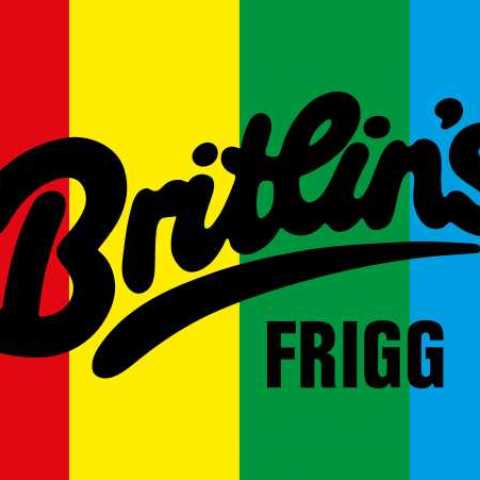Firstsite
High Street
Colchester
CO1 1JH
United Kingdom

Firstsite, Colchester presents A New Life in Frigg, an exhibition by the artist and graphic designer Scott King. In the show King invites visitors to the fictional town of Frigg, which is based on the former Butlins holiday camp at Clacton-on-Sea, Essex. It is part of the artist’s ongoing Butlins-inspired series Britlin’s – a combination of the words 'Britain' and 'Butlins' – that plays with the power of collective nostalgia to reimagine a new society modeled on an idealised vision of the past.
A New Life in Frigg explores the idea of the 1970s holiday camp as utopian micro-societies, remembered through the colourful, hyperreal photography that was used on promotional postcards. Produced by the John Hinde Studio, these elaborately staged and cinematically lit images have informed the ironic euphoria of Britlin’s’ design vocabulary. Reinforcing the mythologising aspect, the four proposed Britlin’s new towns are named after Anglo-Saxon gods: Frigg, Saxnot, Balder and Loki. Frigg is the goddess of love and wife of Odin, father of the gods.
The exhibition at Firstsite is informed by audio recordings and video footage held at Essex Records Office and the East Anglian Film Archives. It is comprised of a wall-based map of the proposed Frigg township, as well as questionnaires for visitors to fill out that set up satirical scenarios to consider one’s suitability to join the Britlin’s community.
Included is a new film commissioned by Firstsite for this exhibition, entitled Come to Frigg, which has been produced in collaboration with filmmaker Paul Kelly. The film acts as a sales pitch for the Britlin’s vision, persuading the viewer (and potential resident) of its ethos and communitarian agenda.
Building on recent presentations at Reading International and Studio Voltaire, London, A New Life in Frigg is part of the artist’s ongoing examination of the mechanisms of collective nostalgia and the poetics and politics they give rise to. In taking the holiday camp as a template for a model society, King constructs an absurdist design for a new Britain.
The exhibition presents a sardonic look at real and imagined notions of the past set in the context of divisive politics and contemporary forms of nationalism. It playfully observes how culture is deployed as an instrument of regeneration – a mechanism seen in seaside towns in the southeast of England.
Image above: Image courtesy the artist and Herald St, London
